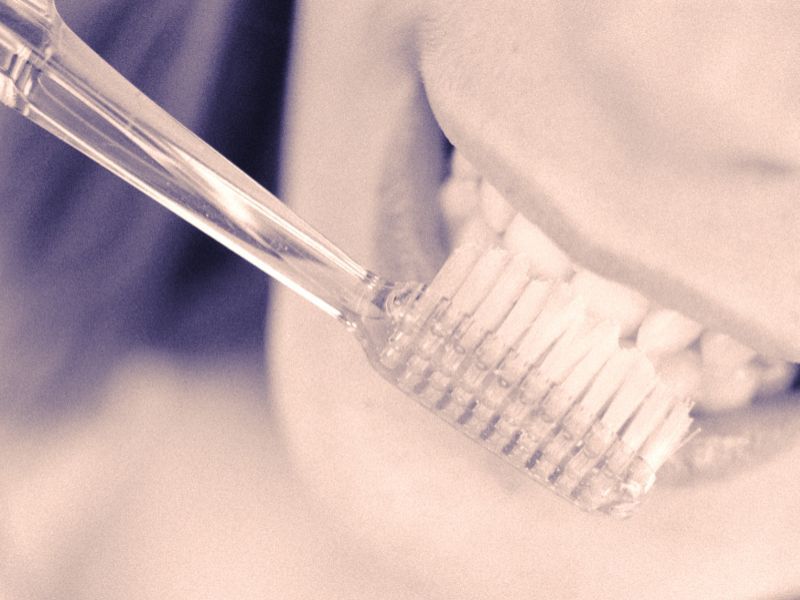WEDNESDAY, April 14, 2021 (HealthDay News) — Don’t forget to floss: New research adds to evidence linking gum disease with Alzheimer’s disease.
The mouth is home to both harmful bacteria that promote inflammation and healthy, protective bacteria, the study authors explained.
In the new study, the researchers found that people who have more harmful than healthy gum bacteria were more likely to also have a protein marker for Alzheimer’s disease, known as amyloid beta, in their cerebrospinal fluid (CSF).
“To our knowledge, this is the first study showing an association between the imbalanced bacterial community found under the gumline and a CSF biomarker of Alzheimer’s disease in cognitively normal older adults,” said lead author Dr. Angela Kamer. She’s associate professor of periodontology and implant dentistry at New York University College of Dentistry, in New York City.
“We found that having evidence for brain amyloid was associated with increased harmful and decreased beneficial bacteria,” she said in a university news release.
About 70% of adults aged 65 and older have gum disease, which involves chronic and systemic inflammation.
Alzheimer’s is marked by two proteins in the brain: amyloid beta and tau. Amyloid beta clumps together to form plaques and is believed to be the first protein deposited in the brain as Alzheimer’s develops. Tau builds up in nerve cells and forms tangles.
According to senior study author Mony de Leon, “The mechanisms by which levels of brain amyloid accumulate and are associated with Alzheimer’s pathology are complex and only partially understood.” He is director of the Brain Health Imaging Institute at Weill Cornell Medicine in New York City.
The new study adds support to the understanding that pro-inflammatory diseases disrupt clearance of amyloid from the brain, de Leon said.
“Amyloid changes are often observed decades before tau pathology or the symptoms of Alzheimer’s disease are detected,” he added.
For the study, 48 patients aged 65 or older with normal thinking abilities had oral exams and spinal taps.
The researchers analyzed DNA in bacterial samples taken from under the participants’ gumlines. Then a lumbar puncture was done to obtain CSF to determine levels of amyloid beta and tau.
The investigators looked for lower levels of amyloid beta, which translate to higher brain amyloid levels, and higher levels of tau, which reflect higher brain tangle accumulations.
The results showed that individuals with more harmful than healthy bacteria were more likely to have reduced amyloid levels in their spinal fluid.
The researchers hypothesized that because high levels of healthy bacteria help maintain bacterial balance and decrease inflammation, they may be protective against Alzheimer’s.
Kamer said, “Our results show the importance of the overall oral microbiome — not only of the role of ‘bad’ bacteria, but also ‘good’ bacteria — in modulating amyloid levels. These findings suggest that multiple oral bacteria are involved in the expression of amyloid lesions.”
The team did not find an association between gum bacteria and tau levels in this study.
Additional research will include a long-term study and clinical trial to test if deep cleanings to remove deposits of plaque and tartar from under the gumline can modify brain amyloid and prevent Alzheimer’s, the authors said.
The findings were published April 12 in the journal Alzheimer’s & Dementia: Diagnosis, Assessment & Disease Monitoring.
More information
Visit the Alzheimer’s Association to learn more about Alzheimer’s disease.
SOURCE: New York University College of Dentistry and Weill Cornell Medicine, news release, April 12, 2021
Copyright © 2025 HealthDay. All rights reserved.

